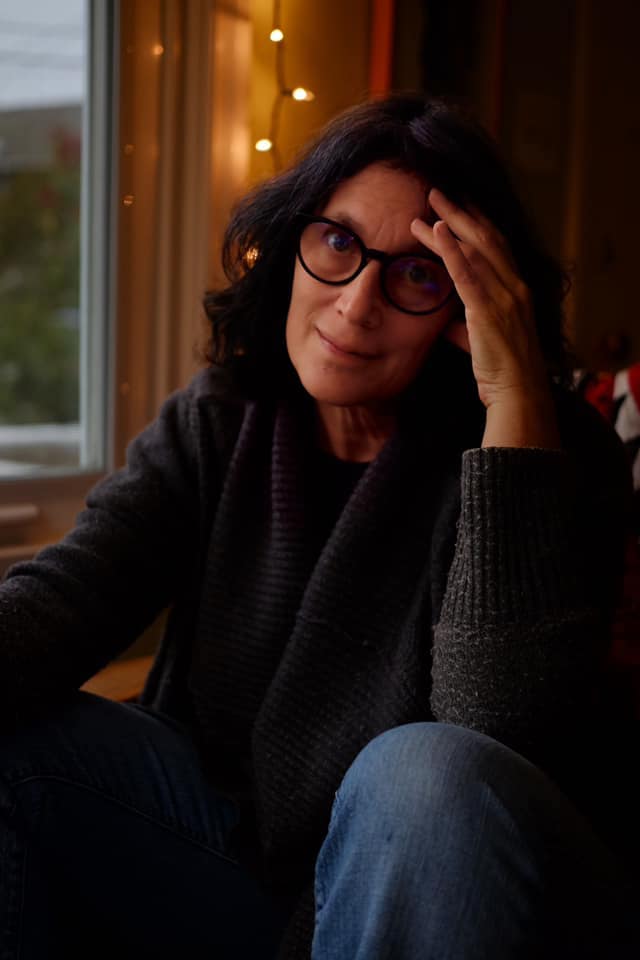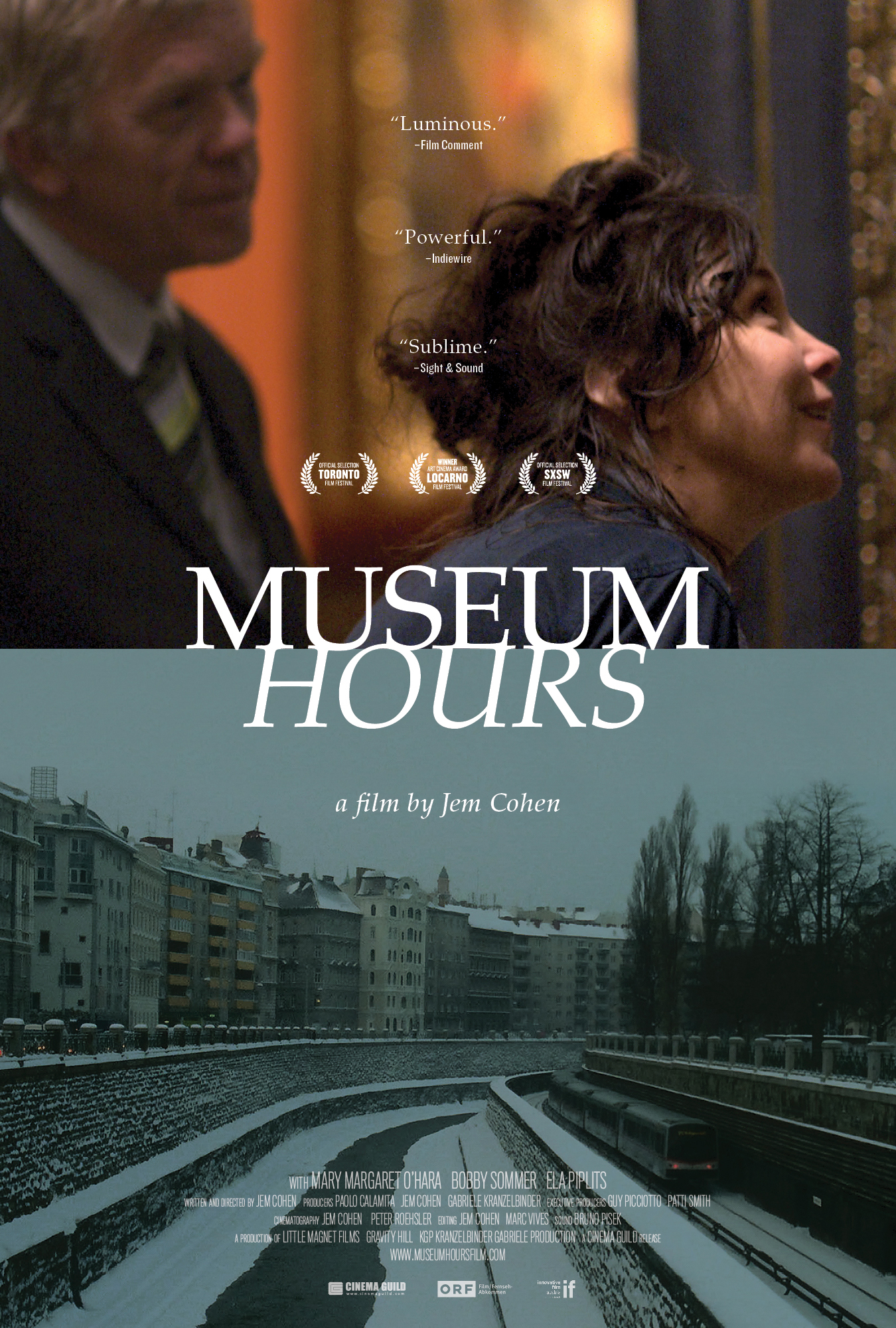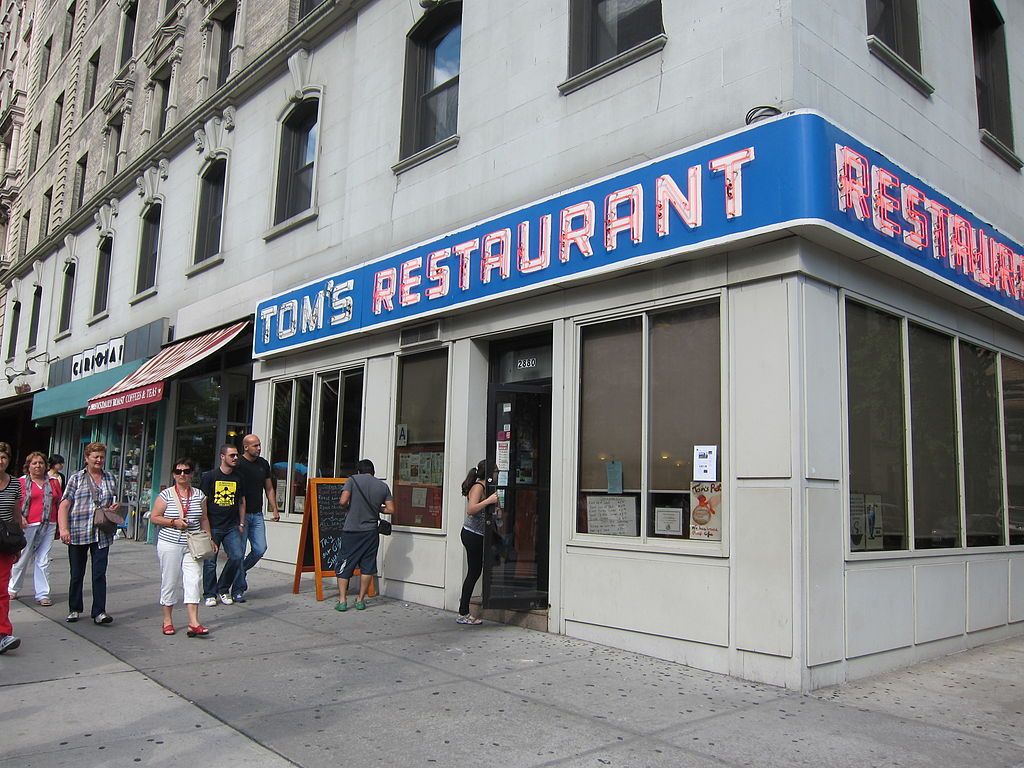Rachel Rueckert, nonfiction MFA candidate, spoke to travel writer Pam Mandel about her career path and recently released book, The Same River Twice: A Memoir of Dirtbag Backpackers, Bomb Shelters, and Bad Travel, a coming-of-age story about an unconventional, emotionally fraught gap year at home and abroad. With no guidance or concrete plan, Mandel embarks on a tangled journey across three continents, from a cold water London flat to rural Pakistan, from the Nile River Delta to the snowy peaks of Ladakh and finally, back home to California, determined to shape a life that is truly hers.
Pam Mandel launched her career as a travel writer with the blog Nerd’s Eye View. She has since had her stories published by AFAR, Lonely Planet, AAA, Seattle Met, Sunset, and across the web. She’s been to all seven continents and is as surprised by that as anyone. She lives in Seattle, Washington, with a rescue dog named Harley and too many ukuleles.
How long did it take you to write this coming-of-age memoir, and what made you decide to take it on years after this brutal, yet informative era?
The first draft took me about four months, which is—what I hear—“crazy.” I had a fever. But also I had been writing bits and pieces, here and there, for maybe ten years. You might say I’ve been working in sections for a decade, but as a whole, I started writing about three years ago, and here we are. It’s done. My trajectory from starting to write the actual piece that became this book to its sitting on my desk is, in total, three years. Some of that time I wasn’t working on it, I was trying to sell it. It took nine months to find a publisher. So yeah, ten years and four months? [Laughs]
One of the most consistent anchors throughout the memoir is the narrator’s love of reading. During personal and location upheavals, books seem to offer reliability and consistency. You mention being “a bookish child” as the first directive of your humorous blog post called “How To Become a Travel Writer in 20 Messy Steps.” Which books spoke to you? Which kind didn’t? How did this inform what you ultimately went on to write in your career?
I list a bunch of different writers in the book itself, such as Paul Theroux and Vikram Seth. I think of Alice in Wonderland as a travel book. Alice drops into the rabbit hole and disappears, and that remains one of my favorite books. I was a Lord of the Rings kid. I read The Hobbit and if that isn’t a travel story, I don’t know what is. It’s fictional and set in an imaginary world, with characters from different civilizations, but it’s a travel story at the heart. It’s a buddy comedy in places. [Laughs] Sam and Frodo are good buddies, Bilbo and Gandalf are buddies, right? But they have great journeys in worlds they don’t understand.
I think there is something universal there, too.
Yeah. I loved those books when I was a kid. I was devoted to Paul Theroux when I was a younger reader and that’s what was in my backpack. Now I think he is kind of a misogynistic crank, and perhaps held the spotlight in this particular genre for too long. But he was influential when I was younger. That is who I read, that’s who was the star in the space. The Great Railway Bazaar was an incredible book to me, right? I wanted to do that. I wanted to do what he was doing and I wanted to write about it and I wanted to live that life.
Not that long ago I read Tracks by Robyn Davidson. That’s a great book. The other thing I read recently that I think is incredible—and it’s fiction—is Sharks in the Time of Saviors, which is about Hawaii. I’ve written about Hawaii a fair bit and I’ve traveled there a fair bit, and I loved reading the way the author writes about Hawaii. There’s a lot of magic realism in that book, but Hawaii is also a very real place. There is a scene toward the end of the book where the middle brother is at the bus station in Hilo, which is full of sketchy characters—I know exactly where that is—and to see that place portrayed so real is very inspiring, to look at a place that is known so strongly for tourism and cruise ships, but in this book, there is a sketchy bus station scene. These details make places feel real. Anything that has a really sophisticated, nuanced, 360-degree perspective is work that inspires me.
Yeah, I ask because I’m struck by how refreshing your travel memoir feels compared to glorified, romantic travel tales on social media or click-bait websites. For example: that sobering moment when you have to destroy the tomato plants you’d laboriously tended to because the farmer would get a better price for the loss, or that scene when a doctor in Pakistan tells you to move on because you don’t belong, and of course, the emotional and physical abuse that you sustained at the hands of male expats and boyfriends. You seem committed to an honest form of travel writing: telling the full story, the hard story, even and especially the ugly parts.
That’s always been very important to me. I’ve been writing about travel for coming up on twenty years now. I love a good vacation. There’s nothing wrong with sitting on the beach. We were talking about Hawaii—one of my favorite things to do is to fly into Honolulu, put my bags in my hotel room, go find the nearest place to get an iced coffee, then take my iced coffee down to the beach and walk in the surf and slurp my iced coffee and be like: this is awesome, I’m in this amazing place, it’s beautiful. But the world is not that simple. I think oversimplifying places and travel discredits what happens to make those places be the way they are. It’s something I’ve strived to do with my work in travel for a long time, to have the whole view of the place. Yes, my feet are in the surf at Waikiki, but I learned some time ago that Waikiki was once the playground for Hawaiian royalty. Now it’s touristy. How did it get there? I think that context is really important. For me, it enriches the travel experience. It doesn’t make my vacation worse to know that at all! Being an informed traveler is not a burden. To me, it is a delight to know, oh these things happened here, this is how it got that way.
Though travel is an important framework for the memoir, it is also about a young woman learning, through a lot of pain and trauma, that what she sees, feels, and says matters, and how to stand up for herself. How do you see the threads of travel and the personal growth working together, or sometimes diverging when life is messier than a simple metaphor?
Oh, that’s a really good question. I think travel serves as a drug in some cases, right? We can use it to blunt our emotions, the whole “I need to get away from all of this” kind of thing is really common. That’s why we have vacations in this very traditional sense—to get away from ourselves, to get away from our lives. But then there’s that Zen idea, “Wherever you go, there you are.” [Laughs] I don’t know who to attribute that to. There’s a conflict between using travel to escape and using travel for self-exploration. I think that if you travel for a certain amount of time it works very well as an escape. I can go for a sun break to Vegas and sit on the pool deck, drink some cocktails, warm up, and swing my feet in a heated pool in the middle of a Seattle winter. And I might feel rejuvenated, right? It’s relaxation, it’s leisure, it’s that kind of thing. I spend ten days doing that? I’m going to be stuck with my own thoughts.
The other thing: the kind of travel that I did in this book required disconnection, and disconnecting now is very difficult. My phone is always in my pocket. You always have the ability to be distracted from yourself. Achieving that kind of disconnection now requires a really intense commitment to making it happen. When I did this trip, disconnection was pretty standard—you fell off the grid for a while, then you plugged back in, looked around, sent a postcard to your family (“not dead yet”), then fell off the grid again. When you’re required to pay attention to what’s going on inside your head and where you are, the likelihood of introspection is a lot greater. When you’re not forced to do that and you always have the ability to connect, then maybe it’s less likely.
I love the parts at the end of the book where you name how travel itself has changed over time. The poignant moments where you did call home were important because they were so rare.
Yeah, they were weighted moments. Before I had the internet in my pocket all the time, you could drop in and use the library and get internet and check your email. Even when it wasn’t in my pocket and on all the time, there were multiple, regular opportunities to scribble a note home and to say “Everything is fine,” and to see what was up with your family. That wasn’t possible during my early travels. What I received was very limited. I had to solicit it in most cases, and I had to know I’d be in one place for more than one month, certainly, to receive mail there. I would have had to write home, tell people where to write to me, and have them write back. Airmail took ten days, three weeks, depending on where I was. So when you’re not connected to everyone else like that, all you have is yourself. All you can do is look inward.
You don’t end the book with you, standing in awe and triumph atop the Himalayas on a hike that almost bested you. Instead, you conclude the memoir at home, in all its complications.
Yeah, I said travel is a drug, but it’s not a bandaid. Right? It’s not a bandage. You can use it to either dull things or to give yourself the space to approach them. I’ve done a few trips where I’ll take off for one month and come back and be like, “Okay, I’m ready to deal with this shit” because I’ve had the space to think about it. But it’s not like travel fixes the problem. It might give me the space to think about it more clearly, because I’ve had some distance, but it doesn’t solve the problem.
Right. There’s such a trend of, “and then travel somehow made this transcendent.”
I don’t believe that. It’s a nice story, but people who are telling you that, I don’t think they are necessarily telling the truth. They are in that moment. They might think that, but I would ask for a five-year recap.
At the same time, your book very much grapples with change and the idea that change is possible. The title of the book reminded me of the idea that it is possible to change the course of a river, but it takes time and consistent effort. But what did you have in mind when you selected this title?
At the very back of the book, I talk about this quote: “You can’t stand in the same river twice.” It’s not the same river, you’re not the same person. Change is inevitable. I wrote an essay called “The Same River Twice” a while ago after I started thinking about regret. I was thinking, “Oh, I made bad choices. Do I regret those choices? Could I go back and undo them? How could I fix that?” You can’t. In a more concrete way—again, I don’t think this is a spoiler, and it is also in the epilogue—you can’t do the trip that I did. There’s a road there now. When you want to cross the Himalayas, you do it in some kind of SUV for the day. You cannot do this trip the way I did it. So even if I wanted to stand in the same river, I would not be able to. It’s not possible. It’s inevitable; time doesn’t stand still.
I loved the conclusion. I think that is one of the benefits of the distance you have.
Yeah, it had to sit for a long time. I would still really like to go there again and see what is there. It would be probably heartbreaking, and there would probably be other things that I’d be like, “Oh” as I’m looking at a particular type of architecture, and all this memory would come. I’d like to get some of that back. It would be nice to have some more detail. But there’s just no way.
Thinking next steps: would you mind sharing a bit more about your latest project about American travel, The Statesider, or anything else you are working on now?
The Statesider is a project that I’m working on with Andy Murdock, who was my editor at Lonely Planet, and Doug Mack. Doug and I both contributed to a publication called World Hum together for years. Andy and I started The Statesider after we went to the Cowboy Poetry Festival in Elko, Nevada and we were like, “America is weird and interesting!” [Laughs]
This very reductive way to tell the story, but that’s basically it. We had been talking about collaborating on something about travel that had a more nuanced view of the world, and we really wanted to look at the US. It’s so underrated by travelers. American travelers often default to, “Oh, I’m going to Paris. I’m going to go to Nepal. I’m going to go to Argentina.” But we were in Elko and found very interesting things happening. The Cowboy Poetry festival is really interesting. It’s deep into what it means to be an American. In the US, you get all the great things of travel and none of the international flights. You don’t need a passport. We turned out to be a little clairvoyant [Laughs] in that now we can’t do anything but see the US, and we barely make it out of our own backyards. But there’s so much here—as a nation of immigrants, as a nation of outsiders, as a really complicated nation—we decided to invest in highlighting and publishing original stories about the US from the kind of perspective that we see of outsiders looking at the rest of the world. And for all I know, there’s some great, German blogger doing amazing stories about their trip through the National Parks or Indian backpackers who come here to hitchhike across the Rockies. We’re really interested in that idea of looking at our own country as travelers and having a more nuanced view of it. It’s been really, really fun.
Photo courtesy of Pam Mandel




